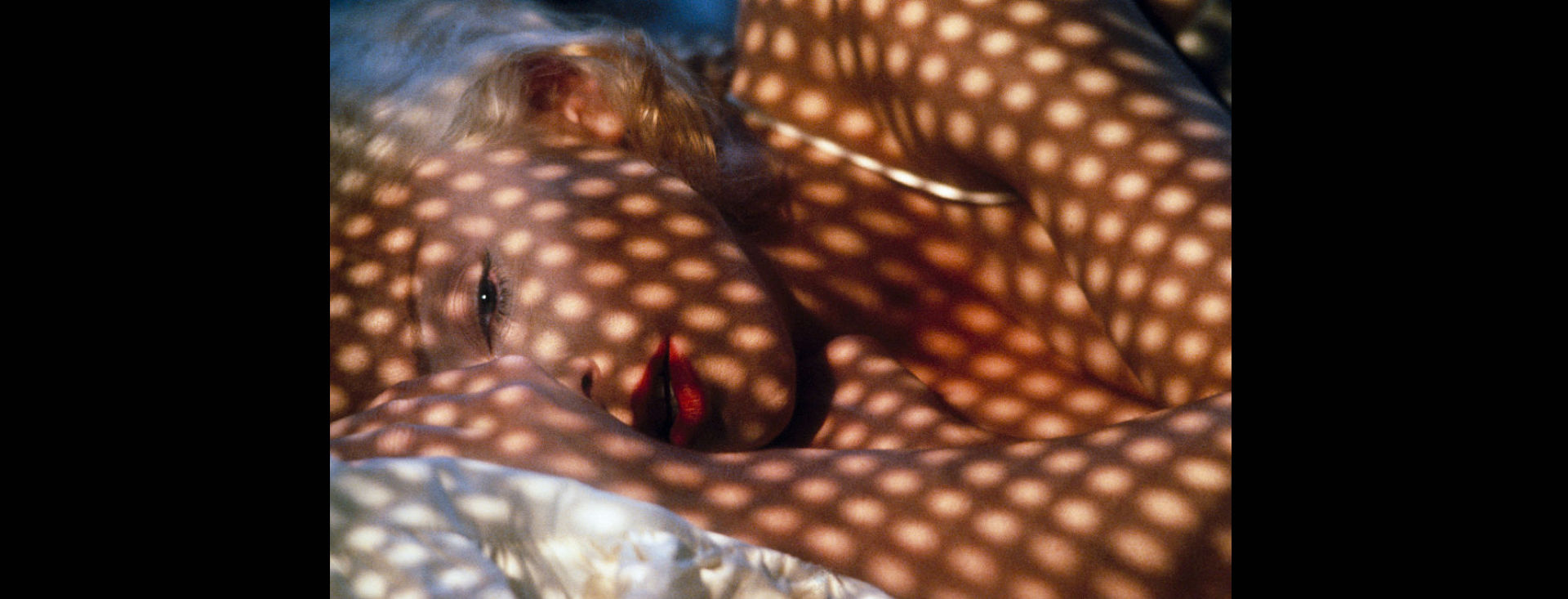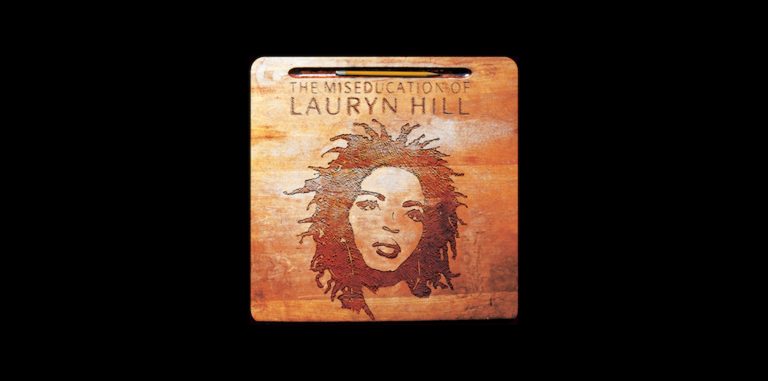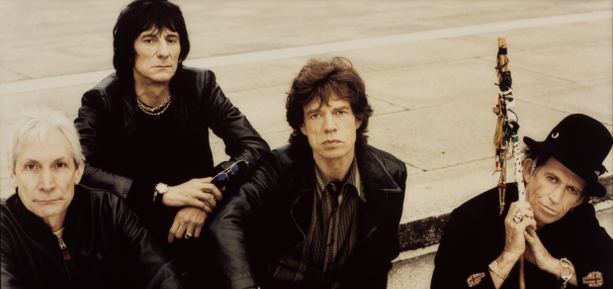
A Look Inside Madonna’s R&B-Influenced Sixth Album, ‘Bedtime Stories’
By the time 1994 rolled around, Madonna had been in the spotlight for more than a decade. She’d established her signature pop-centric sound across five albums and developed a riotous persona people couldn’t resist. Then at the peak of her fame she upended expectations by tucking listeners into a chilled-out, sumptuous bed on her sixth album, Bedtime Stories. Unlike previous releases, the album reveled in the downtempo, taking cues from the brooding R&B and hip-hop that was ruling the pop charts at the time.
It was a sonic retrenching for Madonna and it represented a new, softer path forward for the singer. “There’s lots of ways to get your point across,” Madonna told The New York Times in a 1994 interview. “You can be aggressive and loud, and you can shock people, and you can hit them over the head. But then there are other ways. You can subliminally seduce someone.”
Madonna’s piercing soprano, which had sliced through the chaos of the vibrant world of ’80s and early ’90s pop, is subdued for much of Bedtime Stories. This shift is particularly evident on “Love Tried to Welcome Me,” which is dominated by sweeping strings and Spanish guitars, and “Secret,” which spins strummed acoustic riffing into a slow funk jam. The latter, which was produced by Dallas Austin and uses wah-wah guitars and icy strings to ramp up the tension, hints at the directions she’d take on later mood music pieces like “Frozen” and “Medellín.”
Bedtime Stories gets its most spirited with “Human Nature.” The track’s G-funk synths act as a springboard for Madonna’s stark, “step off” message to naysayers. The acerbic song—co-produced by Madonna and R&B hitmaker Dave Hall—was accompanied by a minimalist music video that made physical its lyrical themes of feeling repressed by society.
“It’s my definitive statement in regards to the incredible payback I’ve received,” Madonna told the Los Angeles Times in 1994. “It is defensive, absolutely. But it’s also sarcastic, tongue-in-cheek. And I’m not sorry. I do not apologize for any of it.” Madonna’s performance of “Human Nature” on her Madame X tour—the only Bedtime Stories song to be included on the intimate shows’ setlists so far—makes its connection to current pop manifestos, like Taylor Swift‘s “The Man,” even more obvious.
Bedtime Stories closes with “Take A Bow,” a gorgeous ballad cowritten with and featuring the vocals of Babyface. It’s regarded by many as one of Madonna’s best vocal performances, and it served as a reminder to listeners that Madonna reached her level of pop music stardom in large part because of her ability to emote. It wound up being Madonna’s first U.S. chart-topper since 1992’s “This Used to Be My Playground,” and it set the table for Something to Remember, her first greatest-hits collection to focus on ballads, to come out in 1995—yet another opportunity for Madonna to refashion her image in public and on record.
Celebrate the 25th anniversary of Madonna’s Bedtime Stories.







